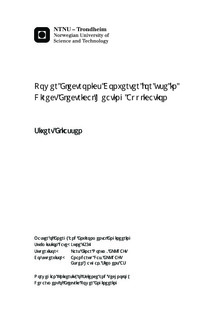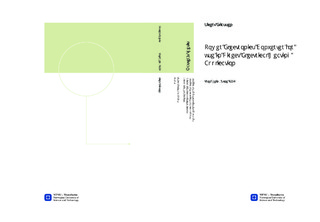| dc.description.abstract | Direct Electrical Heating (DEH) is a flow assurance method in subsea pipelines operating at high pressure and low temperatures and has gained ground throughout the last decade. DEH systems in operation are based on passive components operating at grid frequency. This thesis investigates the possibility of using power electronics to supply a Direct Electrical Heating (DEH) load. A power electronic converter solution will introduce increased flexibility and control, and can operate at higher frequencies, which is believed to increase overall system efficiency.
A system description treating the main components of a DEH system is given, and typical values for key parameters are presented. Requirements for a power electronic converter for DEH application are identified, and two possible converter topologies are evaluated. It is shown that both the Series-Connected H-Bridge (SC-HB) converter and the Modular Multilevel Converter (MMC) are topologies suited for DEH application, but the MMC is the only converter investigated further. Compared to the SC-HB, it offers operation within a wider voltage- and current range, a feature being important as DEH is applied to increasingly larger systems. It also offers better flexibility than the SC-HB in terms of front-end configuration, space considerations and load compensation solution.
A simulation model of the MMC, along with the DEH load, is constructed in MATLAB Simulink. Through detailed simulations and testing, the performance of the simulation model and control system is verified, and the model is shown to behave according to existing theory.
The pipeline being heated represents a single-phase load in the megawatt range. The instantaneous power delivered to the load will oscillate at twice the operating frequency of the converter, causing unacceptable power oscillations on the grid. To reduce these oscillations, a filter is applied on the DC-link. It is shown that a resonant band-stop LC- filter is capable of minimizing the power oscillations, and at the same time reduces internal currents and losses. The reduction of internal currents may also allow for some weight reduction, by reducing the arm inductance originally included to suppress the circulating currents.
The MMC is shown to be a suitable converter for DEH application, and it has some significant advantages compared to the existing solution based on a passive balancing circuit. | |

